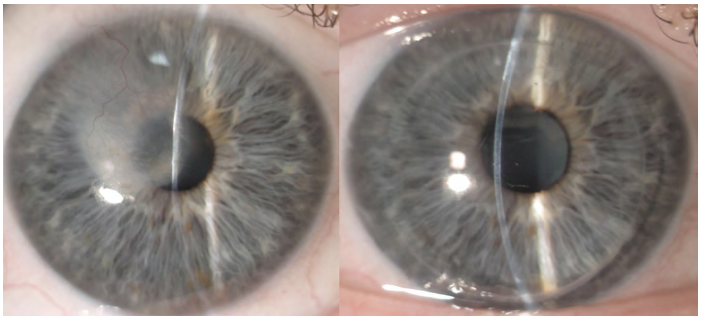DALK and PK Key Ingredients for Herpetic Keratitis
Italian doctors describe ways to optimise surgery. Howard Larkin reports from the 39th Congress of the ESCRS in Amsterdam.

Howard Larkin
Published: Tuesday, February 1, 2022

Italian doctors describe ways to optimise surgery. Howard Larkin reports from the 39th Congress of the ESCRS in Amsterdam.

Published: Tuesday, February 1, 2022
